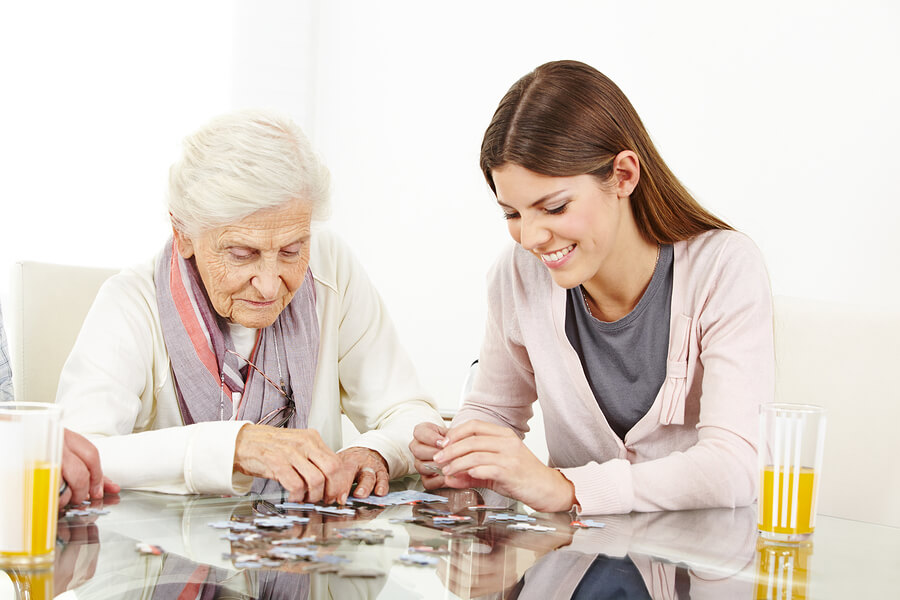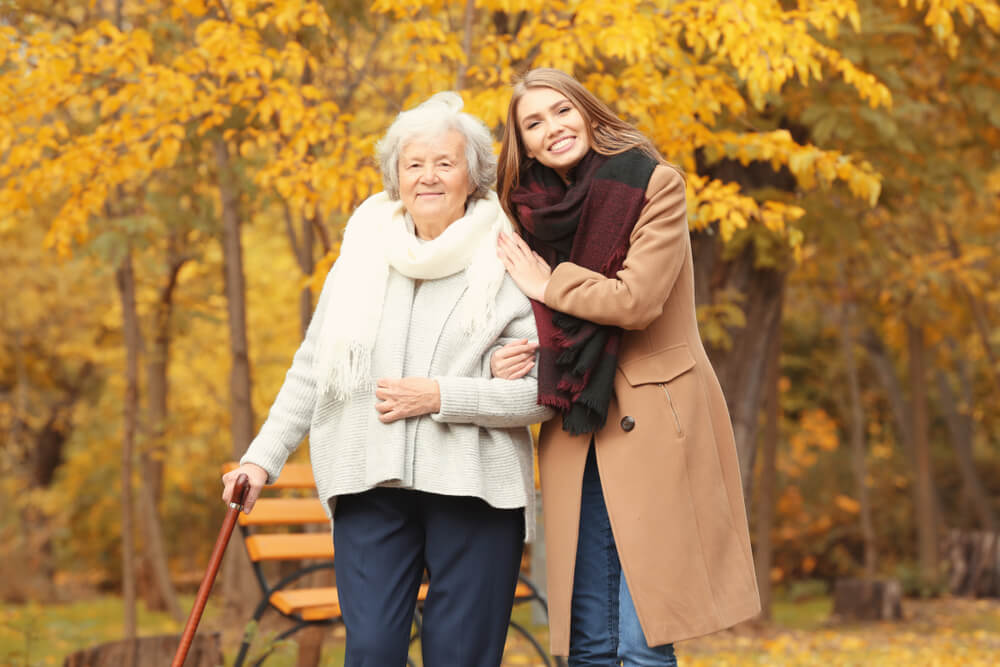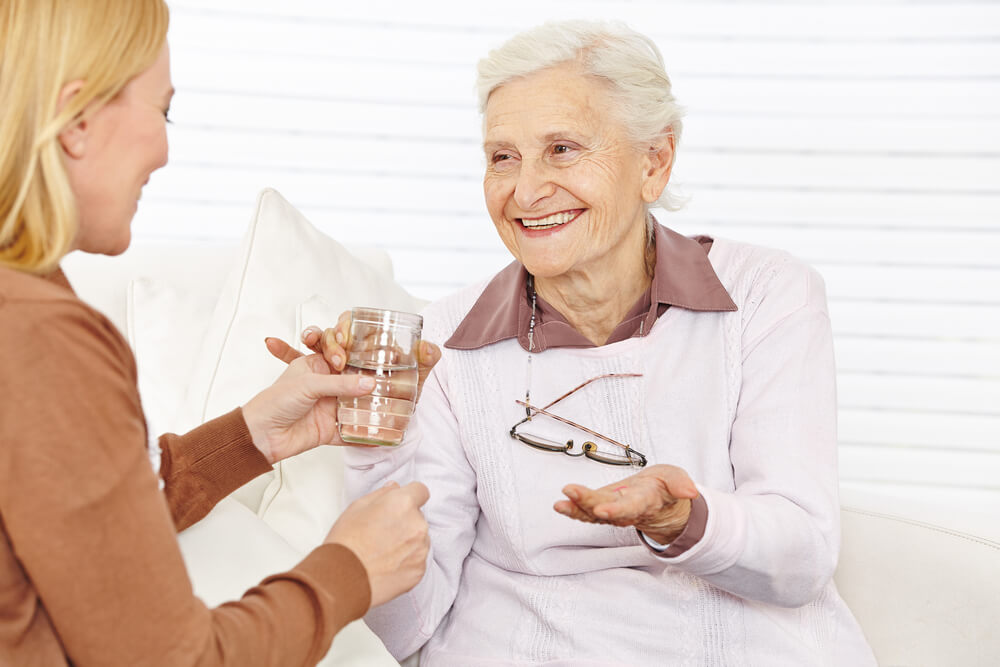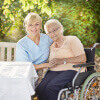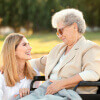Millions of seniors in the United States are aging in their homes without a spouse or family member living with them. While there are financial advantages to this type of arrangement, one of the biggest drawbacks is the increased isolation that many elderly adults feel. For National Cheer Up the Lonely Day (July 11), it’s an excellent opportunity for communities and individuals to look at the senior population and figure out ways to make them a little less lonely.
Senior Loneliness is Serious
Social interactions certainly decrease with age for a variety of reasons. Among the most common are moving from their established neighborhood, retirement, death of spouse and friends, long-distance family members, health obstacles and lack of mobility. With so many challenges, it’s no wonder that millions of elderly adults who live at home are chronically lonely.
Studies show that loneliness has a serious impact on an elderly person’s physical and mental health. Isolation can lead to depression, poor hygiene, poor cognitive performance, high blood pressure, injuries and accidents, slower recovery, more long-term illnesses, and even increase the risk of mortality. While National Cheer Up the Lonely Day is a powerful motivation to reach out to a lonely person, isolated elderly adults need more attention throughout the year.
How to Reduce Senior Isolation
There are many ways that family caregivers can reduce loneliness in elderly adults beyond spending time with them on a regular basis. Many people hire elder care providers to allow trained professionals to come in and interact with the elderly person. The elder care providers can manage housekeeping, laundry, shopping, meal preparation and much more. They are also excellent companions and can spend time with the elderly person doing hobbies, watching movies and even driving them to events. Hiring an elder care provider is one of the top ways for seniors to avoid loneliness.
Another thing seniors can do to avoid isolation is to get out more into the community. However, if transportation and mobility are issues, they will need help from family caregivers and elder care providers. Family members can keep an eye out for volunteer opportunities for aging adults in their schools or cities. Almost every volunteer organizations need volunteers, especially elderly adults. Some of the most popular are reading to school children, answering phones, helping with paperwork and greeting visitors. Any activity that promotes socialization can have positive effects on a senior’s physical and mental health.
Let National Cheer Up the Lonely Day Inspire Action
National Cheer Up the Lonely Day can shine a spotlight onto the chronic issue of elderly isolation and chronic loneliness. It is truly a society-wide problem that affects elderly adults and their family caregivers. There’s no better time to act to counter the serious effects that long-term loneliness can have on an aging adult’s physical and mental health.
